Effective Instruction Models
Developed and shared by IOWA instructors, these online course models offer practical approaches to effective instructional practices. Course models and resources demonstrate the importance of online course organization, clarity, transparency, and feedback in assessments, designing to accommodate all learners, communication, and student engagement and motivation.
Effective Instructional Practices
Review our practical guide to help you plan, build, and teach a more engaging, effective online course.
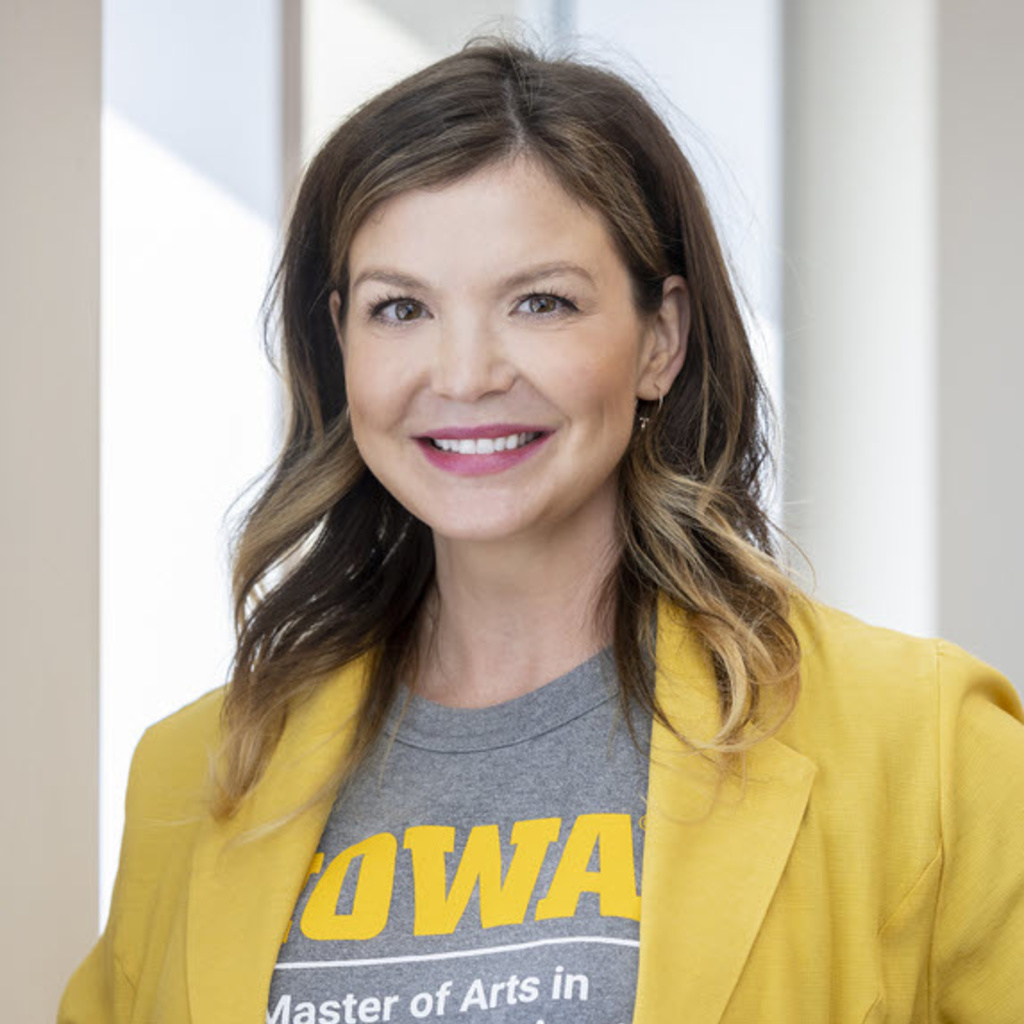
Anti-Anxiety Course Design
Joanna Krajewski thinks about student agency from a holistic perspective, using course design strategies that transform the traditional student-professor dynamic into a collaborative partnership. Students are encouraged to select course content and assignment submission options that align with their interests and personal growth needs.
A really simple, yet powerful, step I take on day one, is to explicitly, transparently, re-frame the relationship in the classroom as one of co-collaborators. For me, explaining this on day one, really goes a long way in helping students get into that mindset of taking ownership of their learning.
Once you learn how to use a template, it becomes just a part of what you do, not something extra. It takes a load off because you can think more about your course and less about your course site.
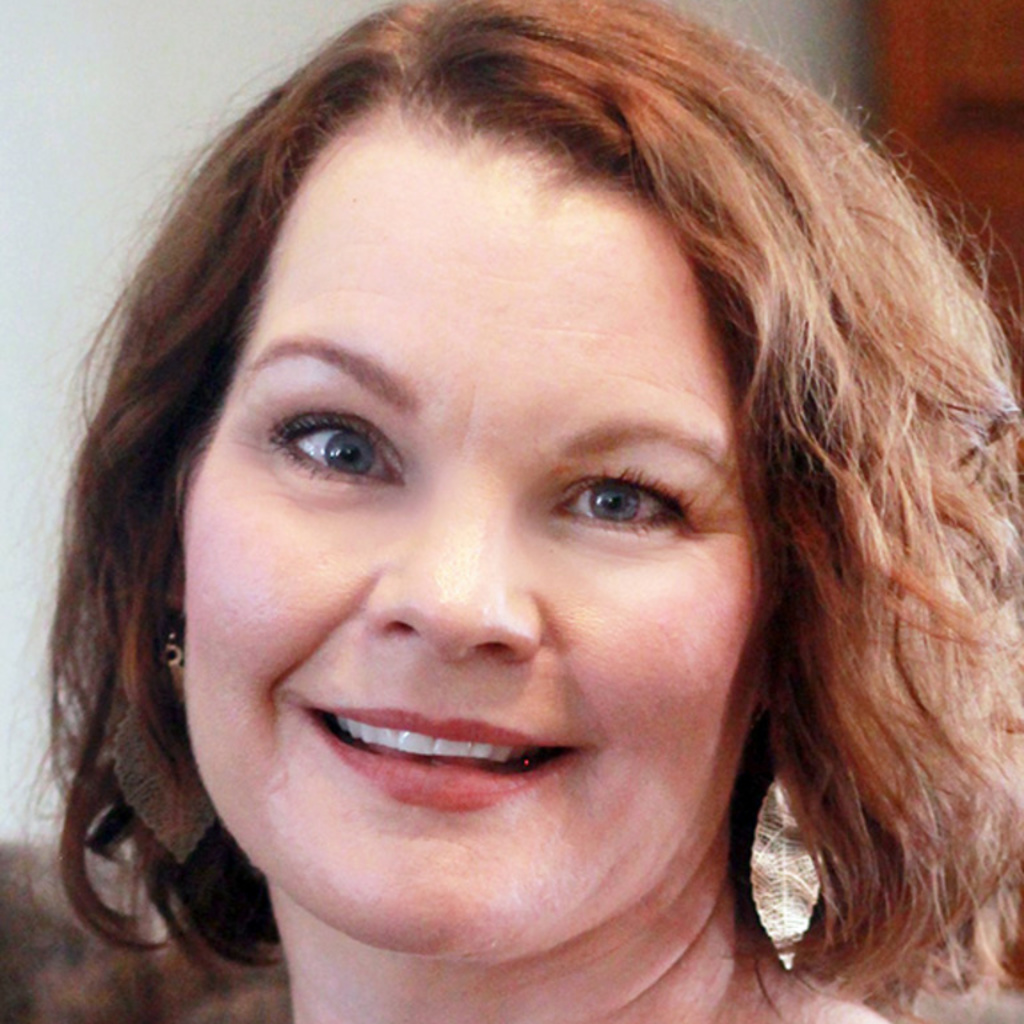
Take the Guesswork Out of Your ICON Site
Julia Kleinschmit, Clinical Professor in the School of Social Work, spearheaded an effort to create and promote the use of a shared ICON course template in her school. Learn how Julia uses a template to boost student confidence and address common concerns.
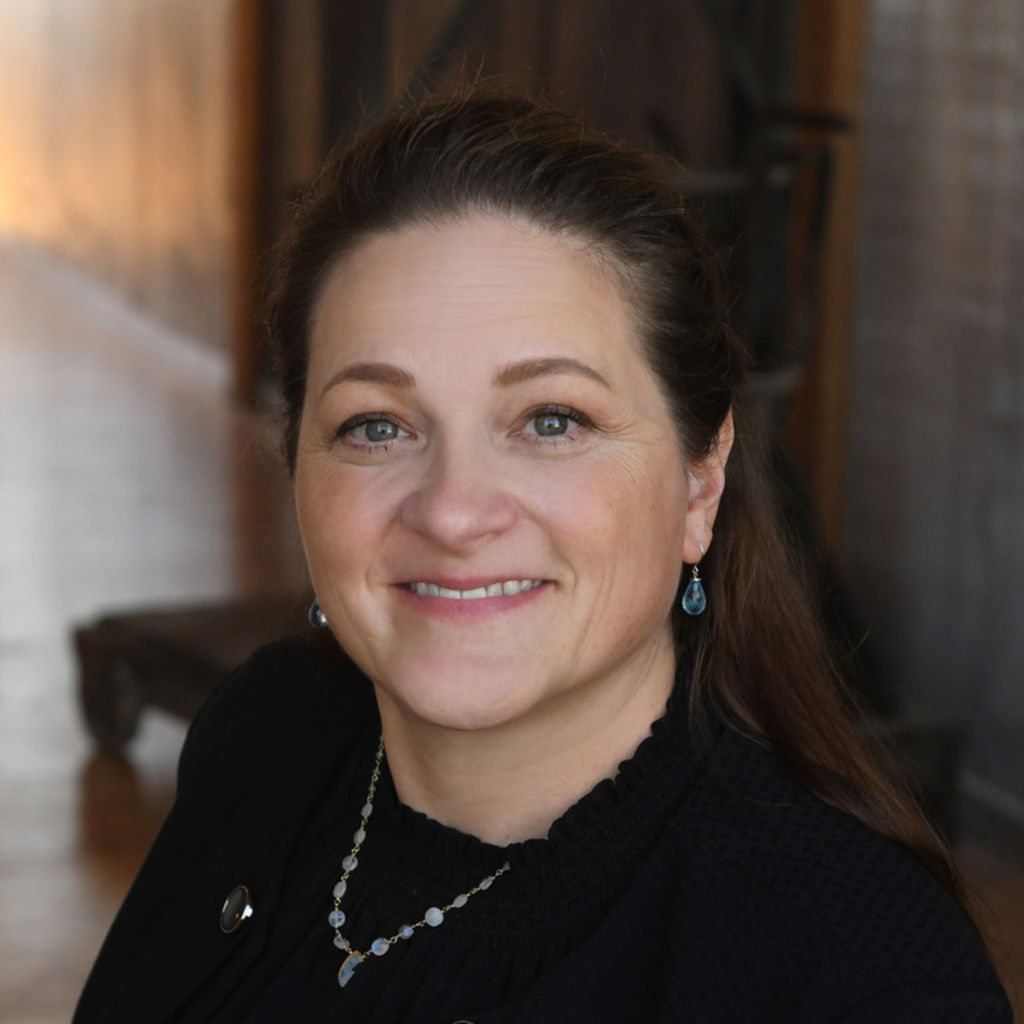
Why I Ditched ICON Discussions
Dana Fowler, Associate Professor in the College of Nursing, explains how she uses online PowerPoint documents to facilitate meaningful, interactive learning experiences for her students.
Using collaborative documents has really made my courses come alive. I enjoy teaching asynchronous courses more than I did previously. I find it more interesting and less dull. The students are not only learning something from me, they are also learning from other students, and I am learning from them. My online courses no longer feel disconnected and static, but instead dynamic and interactive.
How I arrange the "Getting Started" activities has a big impact on what students expect in my course. If I emphasize our learning tools, then students know that they will be creating interesting, real-world projects. We can make assumptions that students today are comfortable with digital tools socially — but not professionally.

How I Organized my Course to Support Active Learning
Kara Kehe, Lecturer and Director of Undergraduate Studies for Sport and Recreation Management in Health and Human Physiology, knows how to make a great first impression on her online students. She shares strategies for designing a course orientation that sets student expectations and prepares them for an active applied learning experience.
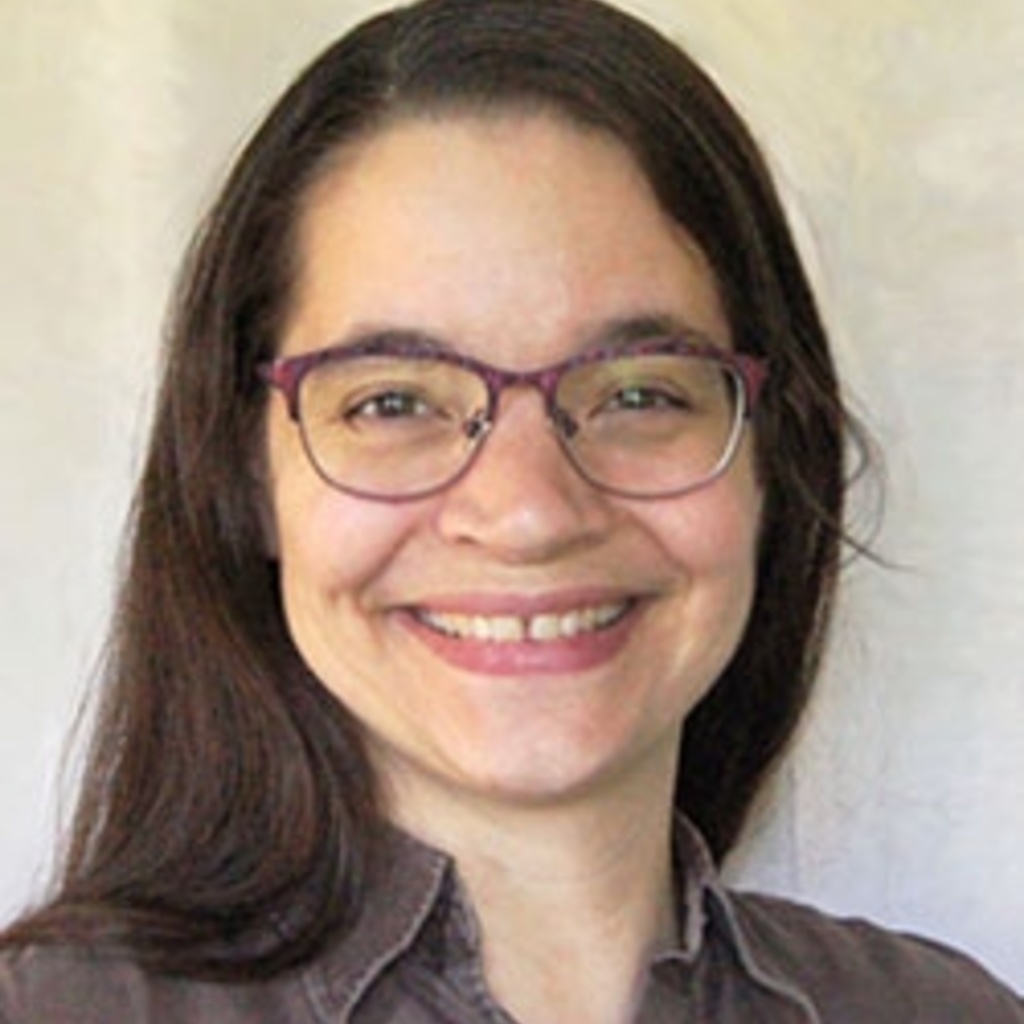
Learning Objectives Tell the Story
Dr. Angela Cordle, Lecturer and Instructional Services Specialist in Biology, describes how she aligned her course assessments and content with module learning objectives that provide milestones for students as they master important course concepts and skills. Objectives are sequenced and build upon each other to create a story of learning throughout the semester.
Now when I get questions from students, they are not asking if something is going to be on the test. Instead, they’re asking content-based questions like, "I’m not completely clear on applying the rules of probability, can you help?" Why, yes! Yes, I can.
Having an up-to-date communication plan in place helps me to create instructor presence, manage my time, and helps me to ensure students will be successful in the course.

Do Students Know You're on the Other End?
Willow Fuchs, Librarian in the Pomerantz Business Library, describes how she planned her online course communications, and how reflecting on this plan helped fine-tune her approach. Strategic and meaningful course communications help her students keep track of assignments and understand course requirements.
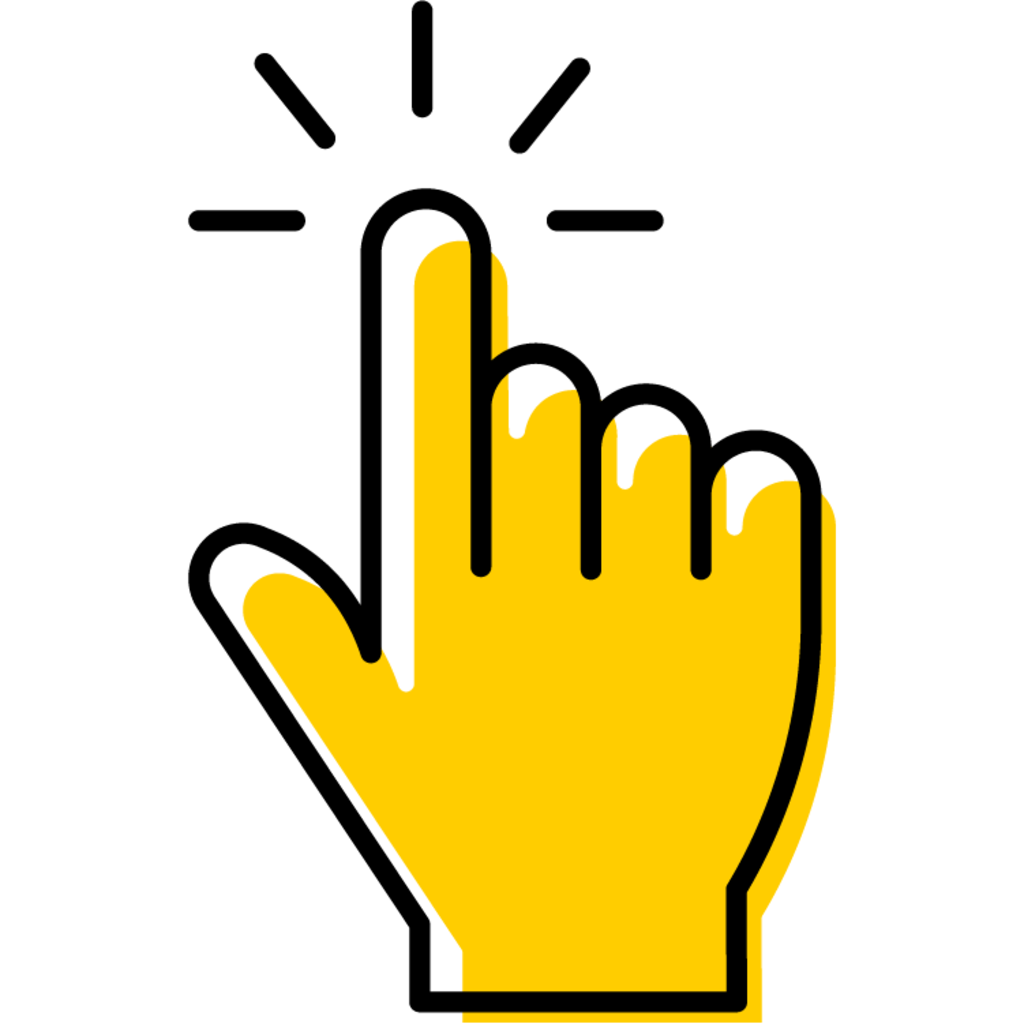
DOE Online Course Sample Site
Designed to help instructors implement effective online courses. This site is both a sample online course, and a guide. New and experienced instructors can view this sample online course in an easy to navigate template. Layered into the content in this course is additional research, tools and information to help instructors make informed decisions toward continuous improvement of the online learning environment.
title
Quick Tip
Look for the quick guides throughout the DOE Sample Course. They provide practical explanations of the strategies shared and link to relevant research.